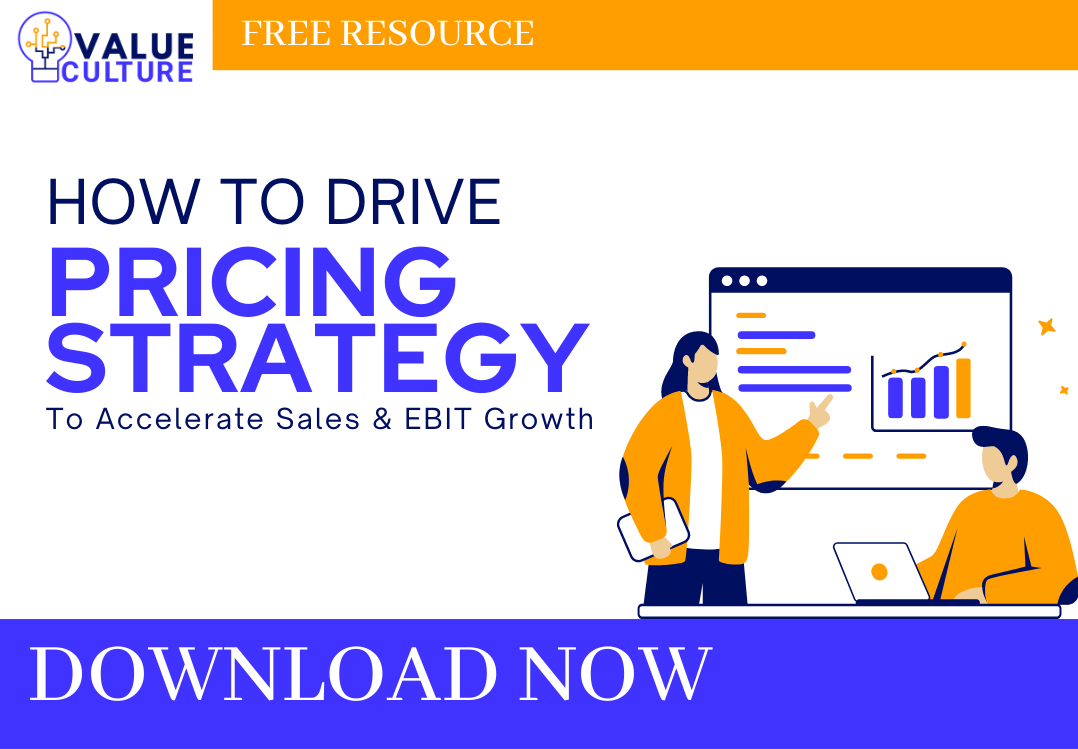
What Happens When Small Businesses Bet on the Freemium Pricing Model ♟️
Spotify recently loosened restrictions on its free tier. Mobile users can now search, pick, and play individual tracks—previously a Premium-only feature. Ads, time limits, and no queuing still apply, but the line between free and paid is thinner than ever. This is deliberate. It’s part of a freemium pricing model aimed at keeping younger audiences engaged and competing with YouTube and TikTok. Now, the real question for small businesses is this: should you also give something away for free? And if so, how do you stop it from eating into paid sales?
>Download Now: Free PDF How To Drive Pricing Strategy To Accelerate Sales & EBIT Growth
Why Businesses Have Free Trial Offers
Free isn’t generosity—it’s strategy. Many customers hesitate to spend until they see value. A freemium pricing model lowers the barrier and gets them in the door.
In digital industries, free trial offers or tiers act as part of the customer conversion funnel. They create awareness, encourage sampling, and reduce friction. Spotify knows this: 60% of Premium users started with free.
Small businesses can apply the same principle. A café offering tastings, a SaaS app with a two-week trial, or a fitness studio with a first class free all work on the same idea—let people try, then convert them. Done right, this approach supports a stronger small business growth model.
The Pros of the Freemium Pricing Model for a Small Business Model
The main benefit is reach. A freemium pricing model draws in audiences who wouldn’t pay upfront.
It also builds trust. Free shows confidence, and if customers like what they see, they’re more likely to believe in the paid version. Word-of-mouth spreads faster, too, especially when free experiences are easy to share.
Free provides insight. Usage data shows what people value most. For Spotify, this shapes Premium offers. For a small business model, it can guide product design, packaging, or pricing.
Finally, free works as a marketing channel. Letting people experience your offer can be more convincing than advertising alone, especially when it supports the customer conversion funnel.
The Risks of the Freemium Pricing Model and Where It Can Backfire
But a freemium pricing model has risks. If it looks too much like the paid version, upgrades stall.
Cannibalisation is real. Spotify still earns about 90% of revenue from Premium. If free feels “good enough,” fewer users convert. Small businesses face the same danger: a sample or free trial offer that satisfies too much reduces the incentive to buy.
Costs also add up. Free still means expenses—support, delivery, bandwidth, labour. Large firms can absorb these. In a small business model, those costs often hurt more.
And free works better when marginal costs are low. For physical goods or services with high effort per unit, free can quickly become unsustainable for any small business growth model.

Should a Small Business Adopt the Freemium Pricing Model
The answer depends on your model.
A freemium pricing model works well when it teases value without replacing it. A limited SaaS free trial offer is low-cost and effective. Free café samples at an event can drive exposure and loyalty.
But if your product has high costs, free can erode margins. A service business offering too much unpaid work risks training clients to undervalue expertise. In a small business model, this can be especially damaging.
The rule: free is worthwhile only if it leads to paid. If it replaces paid, it undermines your customer conversion funnel and your revenue.
How to Apply the Freemium Pricing Model Without Hurting Profits
Free requires discipline. A freemium pricing model only works if you set boundaries—time limits, usage caps, or feature restrictions. A 14-day free trial offer is safer than unlimited access. A trimmed-down version works better than a complete one.
Make the value gap obvious. Paid should always feel superior—better features, support, convenience, or exclusivity.
Design upgrade paths early. Don’t assume people will convert. Build prompts, reminders, and clear calls to action that guide the customer conversion funnel.
Measure carefully. Track conversion rates, churn, and average revenue per user. If results drop, adjust quickly.
And always treat free as an experiment. Test, learn, refine within your small business growth model.
Using the Freemium Pricing Model to Strengthen the Customer Conversion Funnel
Spotify’s freemium pricing model shows both the upside and the risk. Free keeps them competitive and feeds their customer conversion funnel, but since Premium delivers most revenue, they must protect the gap.
Netflix shows how to get it right. Its ad-supported tier now has over 94 million users and accounts for more than half of new sign-ups in some regions. It works because the trade-offs are clear—watch ads or pay for ad-free. The upgrade still feels worth it.
Free works when the trade-offs are obvious and the paid option still feels essential. Offer samples that spark curiosity but don’t fully satisfy, set free trial offers that end before habits form, or create free tiers that add value but highlight what’s missing.
In short, free should support your small business growth model—grow your funnel, not replace your revenue. Keep the limits sharp and the upgrade path clear.
>>> Setup A Meeting With An Expert <<<
Turning the Freemium Pricing Model into a Small Business Growth Model
Free isn’t generosity—it’s strategy. The right freemium pricing model design makes it a growth lever. The wrong design makes it a revenue leak.
If you’re a small business owner, ask: Does free highlight my value and encourage upgrades, or does it replace paid altogether?
If you choose to test free trial offers, start small, monitor results, and adapt fast. Learn from big players, but tailor the approach to your margins and market. Free should evolve as your business and customers do.
Done well, free builds a bridge to paid and strengthens your customer conversion funnel, turning trials into loyal customers.
At the end of the day, free can fuel your small business growth model—but only if it’s managed with care. Every business is different, and what works for Spotify or Netflix may not work for you. That’s why it helps to step back, test ideas, and shape a plan that protects both growth and profit.
If you’re considering free trials, samples, or tiers in your business, let’s talk. We help small businesses design pricing strategies and organisational models that keep value clear and customers loyal. Reach out today and start shaping a pricing plan that works for you.
For a comprehensive view of ensuring the continuous growth of your business, Download a complimentary brochure on How To Drive Pricing Strategy To Accelerate Sales & EBIT Growth.
Are you a small or medium-sized business in need of help aligning your pricing strategy, people and operations to deliver an immediate impact on profit?
If so, please call (+61) 2 8607 7001.
You can also email us at team@valueculture.com if you have any further questions.

